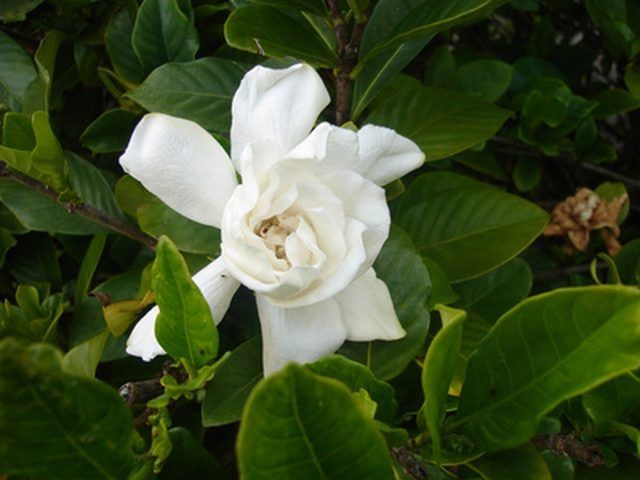Bulbs
Flower Basics
Flower Beds & Specialty Gardens
Flower Garden
Garden Furniture
Garden Gnomes
Garden Seeds
Garden Sheds
Garden Statues
Garden Tools & Supplies
Gardening Basics
Green & Organic
Groundcovers & Vines
Growing Annuals
Growing Basil
Growing Beans
Growing Berries
Growing Blueberries
Growing Cactus
Growing Corn
Growing Cotton
Growing Edibles
Growing Flowers
Growing Garlic
Growing Grapes
Growing Grass
Growing Herbs
Growing Jasmine
Growing Mint
Growing Mushrooms
Orchids
Growing Peanuts
Growing Perennials
Growing Plants
Growing Rosemary
Growing Roses
Growing Strawberries
Growing Sunflowers
Growing Thyme
Growing Tomatoes
Growing Tulips
Growing Vegetables
Herb Basics
Herb Garden
Indoor Growing
Landscaping Basics
Landscaping Patios
Landscaping Plants
Landscaping Shrubs
Landscaping Trees
Landscaping Walks & Pathways
Lawn Basics
Lawn Maintenance
Lawn Mowers
Lawn Ornaments
Lawn Planting
Lawn Tools
Outdoor Growing
Overall Landscape Planning
Pests, Weeds & Problems
Plant Basics
Rock Garden
Rose Garden
Shrubs
Soil
Specialty Gardens
Trees
Vegetable Garden
Yard Maintenance
How to Winterize a Gardenia Bush
How to Winterize a Gardenia Bush. Gardenias are bushes that have dark green leaves and pure white flower blossoms that appear in the spring. In warm climates, the blossoms will endure throughout the summer months. The gardenia plant is most recognizable by the aromatic scent that the blossoms produce. In fact, oil from gardenia blossoms is...

Gardenias are bushes that have dark green leaves and pure white flower blossoms that appear in the spring. In warm climates, the blossoms will endure throughout the summer months. The gardenia plant is most recognizable by the aromatic scent that the blossoms produce. In fact, oil from gardenia blossoms is frequently added to perfumes, body lotions and home fragrance products. Since gardenias love warm, humid conditions, gardeners must perform several steps to winterize them.
Things You'll Need
Mulch
Pruning shears
Blanket
Plastic tarp
Shovel
Plant pot
Apply a 1- to 2-inch layer of mulch around the base of the gardenia plant to protect the roots during the cold winter months. Extend the mulch out 1 foot from the base of the plant.
Reduce watering starting in late fall. Only water when the top 2 inches of soil are dry to the touch.
Stop fertilizing the plant in late fall after it stops blooming for the year. Gardenias are dormant in the winter, and excess fertilizer can burn the roots.
Cover gardenia bushes with a blanket or plastic tarp when nighttime temperatures drop below freezing. Remove the covering the next day once temperatures rise above freezing.
Perform pruning in late fall, as the plant should not be pruned during the winter months. Cut off any diseased or yellowing branches using sharp pruning shears.
Tips & Warnings
If you live in a cold climate, dig up gardenia plants in late fall and transplant them into a pot. Place the pot in a location with bright light and high humidity. Keep the soil moist and do not allow the plant to dry out. Replant in the spring when temperatures rise above freezing.